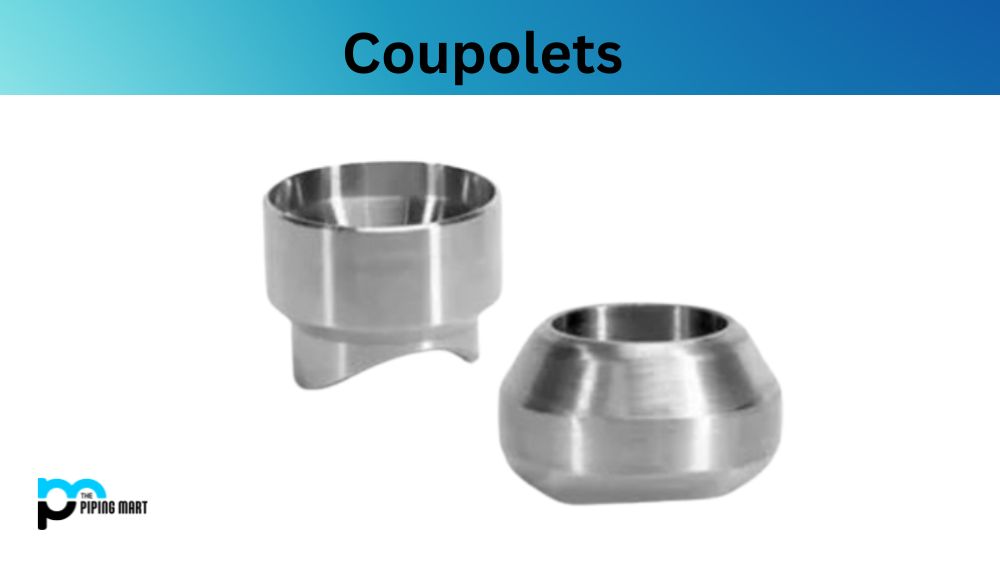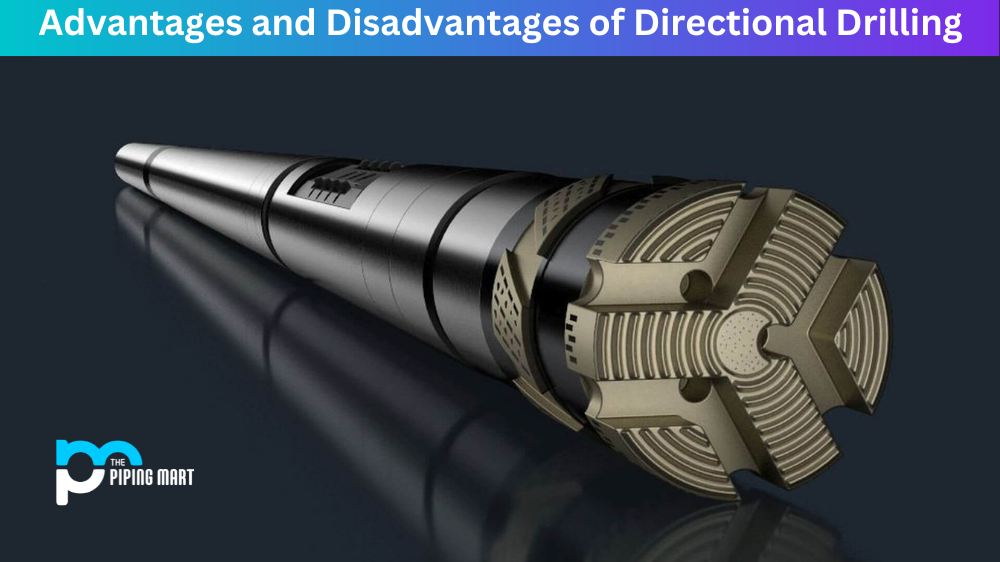Regarding surface preparation, sandblasting and shot blasting are two of the most popular methods used for removing unwanted materials and preparing surfaces for painting, coating, or bonding. But which method is better for your project? This blog’ll explore the differences between sand and shot blasting their pros and cons, and which is more suitable for specific applications.
What is Sandblasting?
Sandblasting, or abrasive blasting, is a generic term for forcibly propelling a stream of abrasive materials against a surface to remove contaminants or coatings. It uses compressed air or pressurized water to blast abrasive media, such as sand, garnet, or glass beads, onto the surface.
What is Shot blasting?
Shot blasting, also called media blasting, is a technique that involves propelling small-sized metallic or non-metallic balls, such as steel shot or glass beads, at high velocity to clean and prepare surfaces.
Difference Between Sandblasting and Shot blasting
Advantages of Sandblasting
Sandblasting is a flexible method used on multiple surfaces, including concrete, brick, metals, and wooden surfaces. It removes many coatings, rust, and other corrosion products from surfaces, leaving a pristine surface for further treatment. Sandblasting is highly efficient, and the abrasives used in the process are readily available. Besides, sandblasting equipment is less expensive than shot-blasting equipment.
Advantages of Shot Blasting
Shot blasting is ideal for preparing metal surfaces, especially those that will be coated or painted. It removes rust, scale, and other corrosion products and leaves a character with a specific profile that improves the bond between the metal and the coating. Shot blasting is a greener alternative to sandblasting since it produces less dust and reduces environmental contamination. This method is faster than sandblasting, resulting in less abrasive media consumption and waste.
Disadvantages of Sandblasting
Sandblasting creates much dust, which can be hazardous to human health. When inhaled excessively, some abrasive media, such as silica sand, can cause silicosis, a debilitating lung disease. Besides, sandblasting can cause warping or distortion of thin metal surfaces, which may not be suitable for removing thick coatings or large rust deposits. Sandblasted surfaces may also leave small pits that can fill with rust or other contaminants, undermining the quality of the final project.
Disadvantages of Shot Blasting
Shot blasting can cause damage to surfaces if the abrasive media used is too hard or too coarse. It may create tiny craters or a surface profile that may not be suitable for specific coating systems. Besides, shot blasting equipment is generally more expensive than sandblasting equipment, and the process may require more abrasive media than sandblasting, resulting in more waste.
Other Differences
- Sandblasting is using high-pressure air to blast sand onto a surface.
- Shot blasting is the process of using high-pressure air to blast small metal pellets onto a surface.
- Sandblasting is more effective at removing paint and rust from surfaces.
- Shot blasting is more effective at cleaning surfaces and removing contaminants.
- Sandblasting is more likely to damage the surface being cleaned.
Conclusion
To summarise, sandblasting and shot blasting are valuable surface preparation techniques in various industries. However, the choice between them largely depends on the type of surface to be treated, the desired result, and the available budget. If you need to treat a metal surface, shot blasting may be the better option because it enhances adhesion and reduces corrosion. On the other hand, sandblasting is more flexible and less expensive if you need to clean various surfaces. Following all safety protocols when using abrasive blasting techniques is essential to minimize the risk of accidents and other hazards.

A passionate metal industry expert and blogger. With over 5 years of experience in the field, Palak brings a wealth of knowledge and insight to her writing. Whether discussing the latest trends in the metal industry or sharing tips, she is dedicated to helping others succeed in the metal industry.




